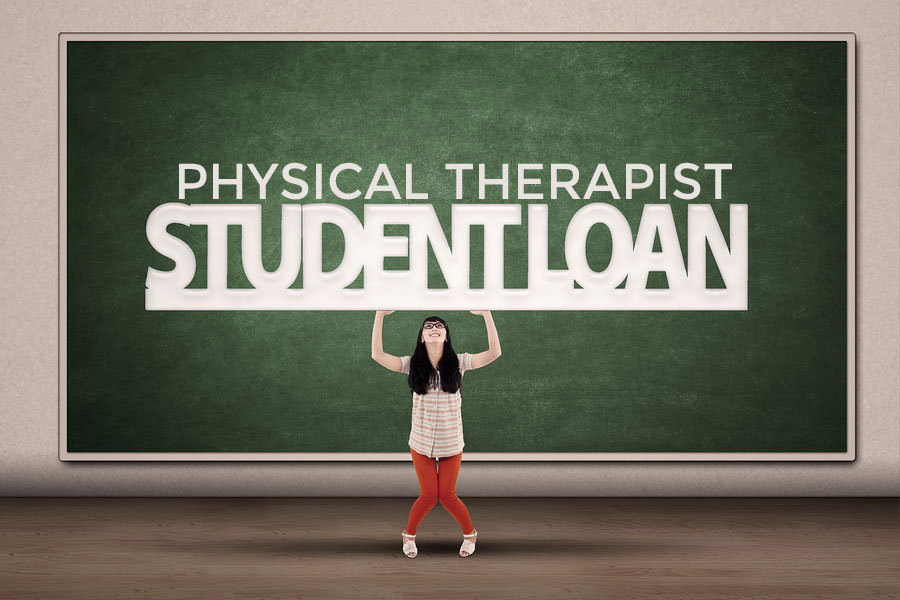Student loans and college debt are hot topics in the United States these days. It used to be (way, way back) that a college education guaranteed a job with enough income to pay off student loans in a timely manner. Deciding whether or not to take out loans to finance a college education was easy. These days the decision isn’t so easy. The debt required to complete a college education is so large, that it hinders new graduates from getting on with their lives – getting married, buying houses, and having children. In fact, surveys, such as the Gallup Purdue Index, are trying to determine if the tidal wave of demand for higher education is about to come crashing down.
How big is the problem?
According to the U.S. Education Department, nearly seven million Americans who borrowed money for school are currently in default on their federal student loans. This means that 17 percent of all college graduates have not made a payment on their loans within 360 days or more — and that’s up six percent from numbers the department released last year. Lack of payment on student loan can be a big issue for young adults just getting started on their own. Defaulting on student loan payments can lead to a decreased credit score — and difficulty borrowing money for high ticket items like a new car or a house.
Physical Therapy and Student Debt
Physical therapy (as well as occupational and speech language pathology) college programs require a significant amount of time working in clinical internships. These internships, combined with rigorous academic expectations, make it almost impossible for student therapists to work while attending school. Unless a student is independently wealthy, they have no other option but to borrow money to make it through the program. In addition, depending on the location, clinical internships may add extra housing and transportation expenses to a student’s college bill.
Typical student loan debt for physical therapists
According to data recently collected by the American Physical Therapy Association, “at the conclusion of a physical therapist education program, students typically incurred more than $96,000 of debt. Nearly $64,000 of the total was from student loans. Additionally, slightly more than two-thirds (67 percent) of [respondents] indicated that the amount of debt accrued would affect the job choice they will make as physical therapists.”
The job market for Physical Therapists
For many college grads, defaulting on loans is due to a lack of a well-paying job post-graduation. However, we’re here to assure you that the job market for physical therapists is growing strong. The U.S. Department of Labor indicates that employment of physical therapists is expected to “grow faster than the average” of all occupations through 2022. According to the Bureau of Labor Statistics, “…the demand for physical therapists should continue to rise as growth in the number of individuals with disabilities or limited function spurs demand for therapy services.” Based on current trends in the physical therapist workforce, the shortage of physical therapists could potentially reach over 27,000 in the United States by 2020. (APTA –Physical Therapist Workforce and Patient Access.) The dilemma for new PT graduates is not whether or not they will find a job, but whether or not they will find the “right “ job. Deciding which setting and employer to start out with is a dizzying decision because there are so many options and factors to consider.
The APTA takes action
To aid physical therapists with handling student loan debt, the APTA is currently lobbying for the inclusion of physical therapy in the National Health Service Corps (NHSC) loan repayment program. Currently, this program offers loan payment assistance (tax-free) to qualified healthcare professionals employed at NHSC-approved facilities. If the bill is passed, PTs will be able to participate in the NHSC for student loan debt relief, helping ensure patient access to essential physical therapy services. The APTA also lists current Federal Student Loan Forgiveness options for healthcare professionals on their website.
Get Involved!
To show your support of the APTA’s efforts, you can email your legislators about the following bill – The Physical Therapist Workforce and Patient Access (H.R. 2342/S. 1426). The APTA provides pre-written letters for download. You can also make plans to meet with your legislators to discuss your support of this bill, or join the PTeam and receive regular updates alerts and updates. For more information, you can visit the APTA website.
Looking for a way to pay off those student loans as quickly as possible? Contact myPTsolutions!
Whether you’re newly graduated, or you’re a seasoned physical therapy professional, myPTsolutions can help you sort through your career options. We’ll help you find a job that matches your qualifications and career needs. We’re a staffing agency run by therapists for therapists, and we’ll work with you for a rewarding PT placement. To learn more, contact one of our experienced therapy employment specialists today.





